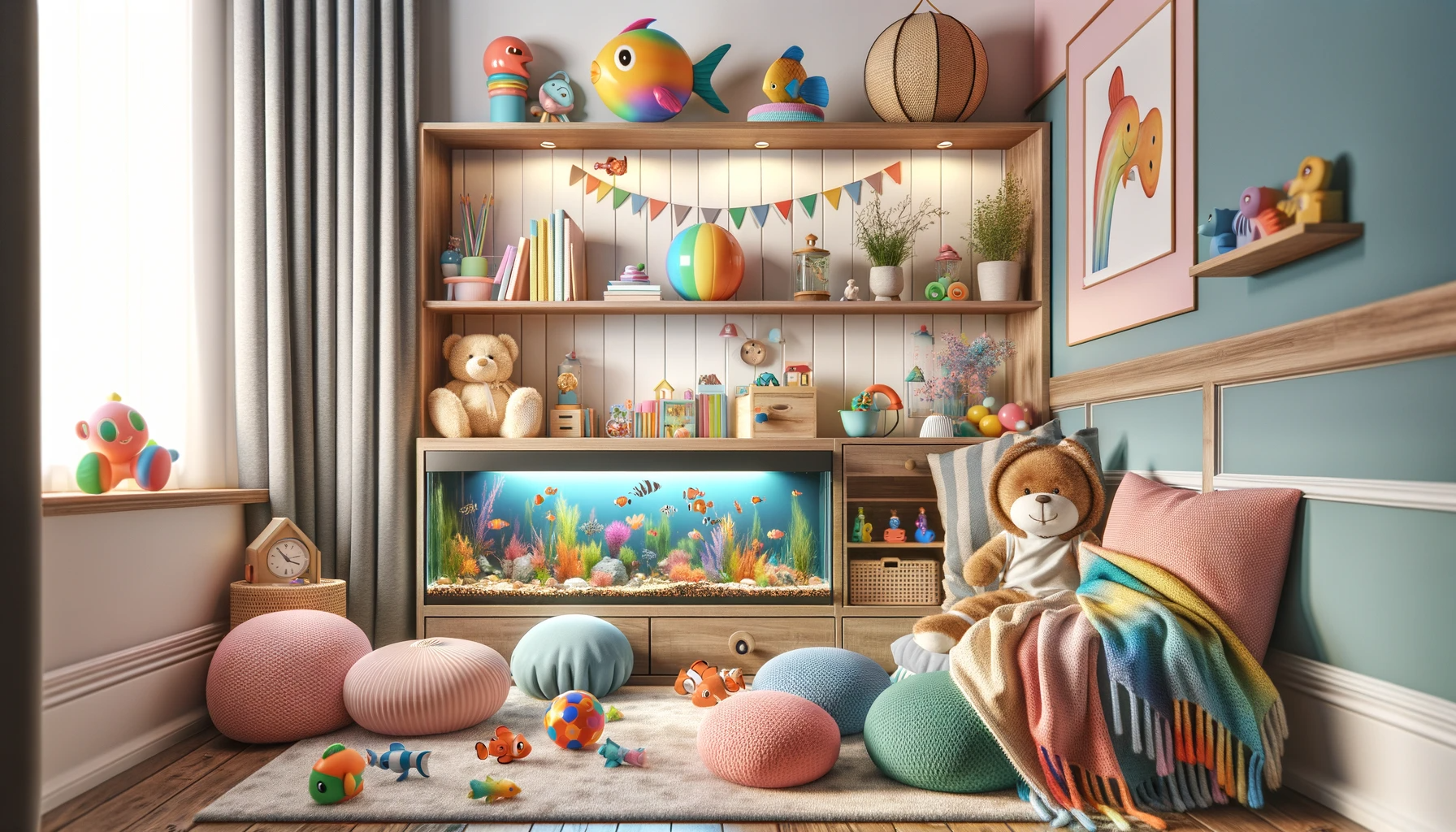Building a Home Sanctuary: Creating Comforting Spaces for Recovery
The journey of recovery from pediatric cancer extends beyond the hospital walls into the very homes where children continue to heal and grow. The creation of a home sanctuary, a space that offers comfort, safety, and joy, can be pivotal in this process. Such spaces serve not just as physical environments but as havens for emotional and physical well-being, aiding in the healing journey of young cancer survivors.
Understanding the Need for a Home Sanctuary
Children recovering from cancer face numerous challenges. Physically, they may still be dealing with the aftereffects of treatment. Emotionally, the journey can be overwhelming, filled with complex feelings from relief to anxiety about the future. A nurturing home environment plays a crucial role in addressing these challenges, offering a safe, comfortable space where healing can continue amidst familiarity and love.
A Cozy Corner May Be More Than Enough
When setting up a home sanctuary, consider budget-friendly options like DIY projects or repurposing existing items. The aim is to create a comforting space without significant financial strain. Also, be mindful of the child's evolving needs – what works initially may need to be adapted over time. For families with limited space, creative solutions like partitioning a room or utilizing multi-functional furniture can be effective.
Key Elements of a Home Sanctuary
Comfort and Safety
Comfort is paramount. Soft, cozy furniture that invites rest, alongside an environment free from hazards, is essential. Spaces should be easy to navigate, especially if the child has physical limitations. Keeping the area uncluttered and organized can also help minimize stress and promote a sense of calm.
Soothing Decor
The decor should reflect calming elements, using gentle colors and themes that evoke tranquility. Involve the child in the decision-making process, allowing them to choose colors, themes, or items that they find comforting. This involvement not only personalizes the space but also gives the child a sense of control and inclusion in their recovery process.
Nature and Lighting
Exposure to natural light can significantly uplift the mood. Whenever possible, arrange the sanctuary to maximize exposure to daylight, and consider views to the outdoors. Including elements of nature like indoor plants or nature-themed decor can bring a sense of calm and tranquility. These natural touches can be particularly comforting, reminding children of the world outside and fostering a connection to life beyond their immediate surroundings.
Personalizing the Space
A sanctuary should be a reflection of the child’s personality and interests. This could mean incorporating their favorite colors, themes from beloved books or movies, or displaying their artwork and crafts. Allow the child to choose decorations or small furniture pieces, ensuring the space feels truly theirs. Personalizing a recovery space can have profound psychological benefits, providing a sense of familiarity and comfort, and reaffirming their identity beyond their illness.
Incorporating Relaxation and Play
Dedicate areas within the sanctuary for relaxation and play. A cozy corner with pillows and blankets can become a reading nook, while another area might be set up for creative activities like drawing or building. These spaces encourage the child to engage in activities that bring them joy and relaxation, which are vital components of emotional healing. Play, in particular, is crucial for children, offering not just amusement but also a way to process experiences and emotions.
Family Involvement and Support
Creating a home sanctuary is a family affair. Siblings can help choose decorations or set up the space, fostering a sense of unity and shared purpose. Parents can ensure that the sanctuary is maintained as a peaceful and comforting environment. This collective effort helps solidify the sanctuary’s role as a place of family bonding and support, reinforcing the child's sense of security and belonging.
Conclusion
A home sanctuary is more than just a physical space; it's a crucial element in a child's journey to recovery and emotional strength. By creating an environment that addresses the child's need for comfort, personalization, and joy, families can provide a supportive backdrop for healing and growth.

